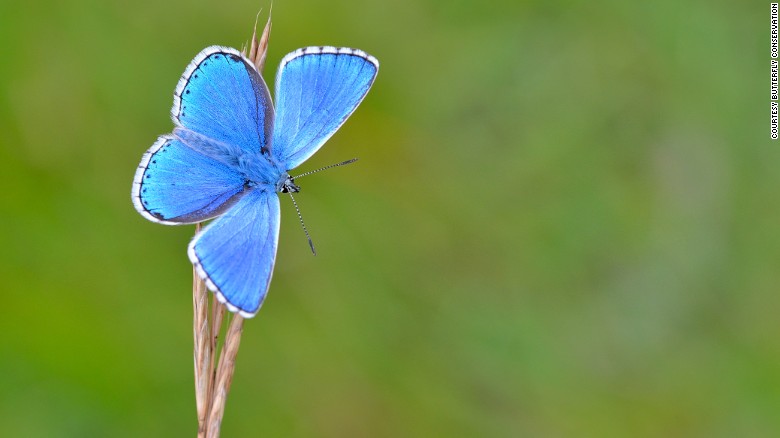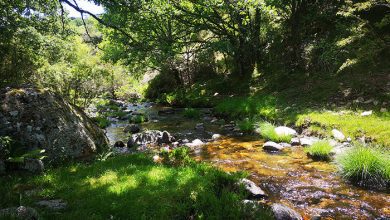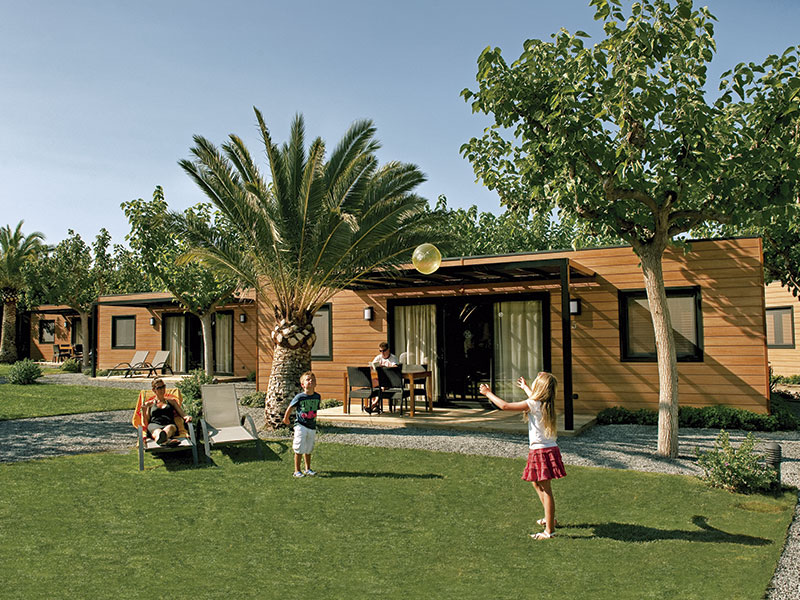Why our cities need butterflies

Brighton, UK Threatened by loss of habitat, industrial agriculture and climate change, butterfly populations have been dwindling in recent years in the UK.
Butterfly Conservation, a British charity devoted to saving butterflies and moths, says that 76 percent of species have declined over the past four decades.
The loss is particularly evident in urban areas, where green spaces are shrinking and butterflies are disappearing more rapidly in the last 20 years: a 69 percent fall compared to 45 percent in the countryside.
It’s a significant loss, because butterflies — the most-studied insects in the UK — act as an indicator for the well-being of a wider ecosystem and the status of several species of insects that are not examined as thoroughly.
According to Butterfly Conservation, restoring butterfly populations in gardens, urban green spaces and the countryside can bring substantial benefits to several other species and improve the health, wealth and well-being of the human population.
A message that resonates strongly with British butterfly conservationist Dan Danahar, who’s working to bring some of the UK’s 59 species back to urban areas.
The butterflies are back in town
Ten years ago, Danahar created a butterfly haven in the coastal city of Brighton, south of London, using the grounds of a local school and getting help from its students.
«Brighton is a really good place to do butterfly havens, because we are on chalk: there’s a whole range of butterflies that feed on plants that grow on it,» Danahar says.
Very soon after its creation, the original site led to a colonization of the Small Blue, a nationally rare butterfly, along with many other species such as the Adonis Blue, the Brimstone, the Brown Agus, the Green Hairstreak and the Large Skipper.
«Since 2007, which is when we installed the first butterfly haven, we’ve seen 29 species of butterflies come here. That’s 76 percent of the butterfly fauna that we find in Brighton and Hove and that is a massive contribution for such a small site,» he says.
Since then, 25 more havens have been created throughout the city, with the help of local councils.
Danahar is now actively working with children to get them out to the countryside and teach them about the important role of butterflies.
«Biodiversity is at a bad time globally, we are in the middle of a sixth mass extinction and people need to know about that,» he says.
«And if we get things right for butterflies, we get things right for the rest of the wildlife, too.»
fuente: edition.cnn
Sandra Betancourt




